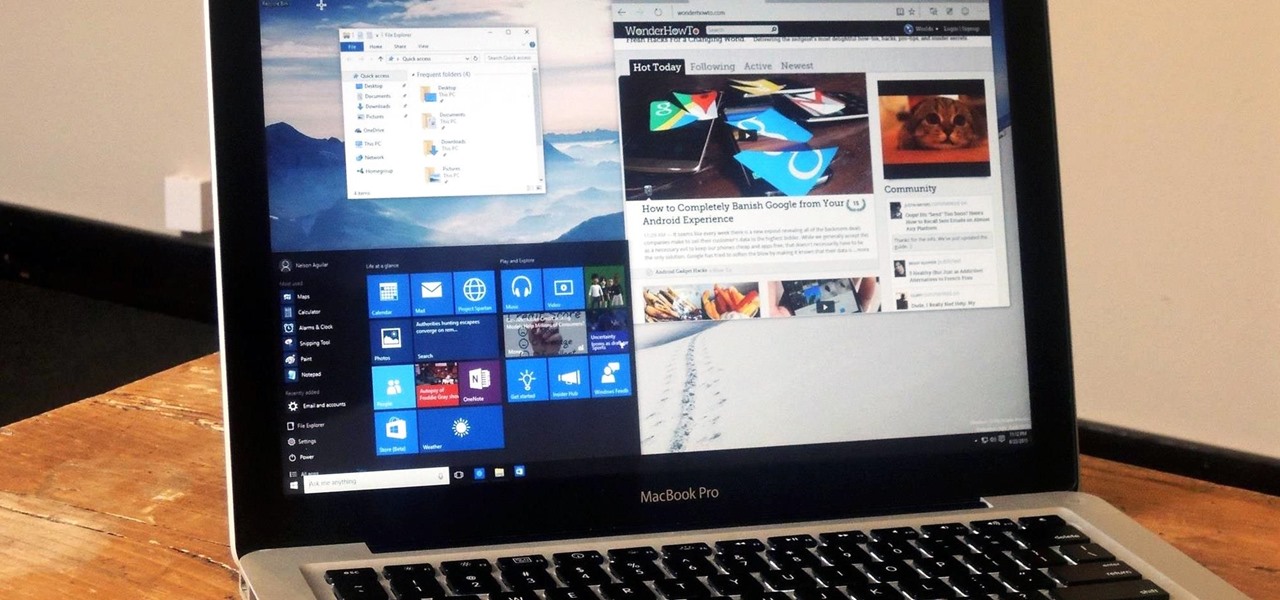
Like many Mac apps, balenaEtcher looks good and is very easy to use. Using this program in conjunction with a blank USB stick, I was able to convert the ISO to a bootable copy of Linux Mint. One can’t simply copy an ISO onto a flash drive and expect it to boot. Since the Mac Pro was not bootable, I used my Mac mini to download the latest Linux Mint ISO.

#Dual boot mac pro linux install
As long as you have an x86 machine with 1GB RAM, 15GB of disk space, and 1024×768 resolution – you should be able to install the OS. I was most impressed with Linux Mint’s very modest system requirements. Based on favorable feedback from my Linux friends, I opted to give the OS another chance – this time by installing Linux Mint version 19.2. I found it to be limiting and frustrating to use. In the past, I have played around with Ubuntu, but it really wasn’t my cup of tea. (She has data on the PC, so wiping it clean with a fresh Linux installation wasn’t an option.)
:max_bytes(150000):strip_icc()/UNetbootin-588ba6123df78caebc6f7e3c.jpg)
Several attempts over multiple weeks resulted in no forward progress, so out of frustration, I unplugged the PC and brought the Mac Pro back – with the intent of using the Mac as a Linux machine, to be used primarily by my daughter for both academics and play.

In the end, Microsoft’s own troubleshooting steps ultimately bricked my PC. I fought with the PC a few times, trying unsuccessfully to apply the latest Windows updates to patch the machine.
#Dual boot mac pro linux update
It started to behave oddly and refused to update to the latest version via Windows Update. I have a custom built PC that my 11 year old daughter has been using for her school work. “Sleek, modern, innovative” are not words I would’ve normally used to characterize Linux, but after installing and using Linux Mint on my venerable 2008 Mac Pro this afternoon, my first impressions are just that.


 0 kommentar(er)
0 kommentar(er)
